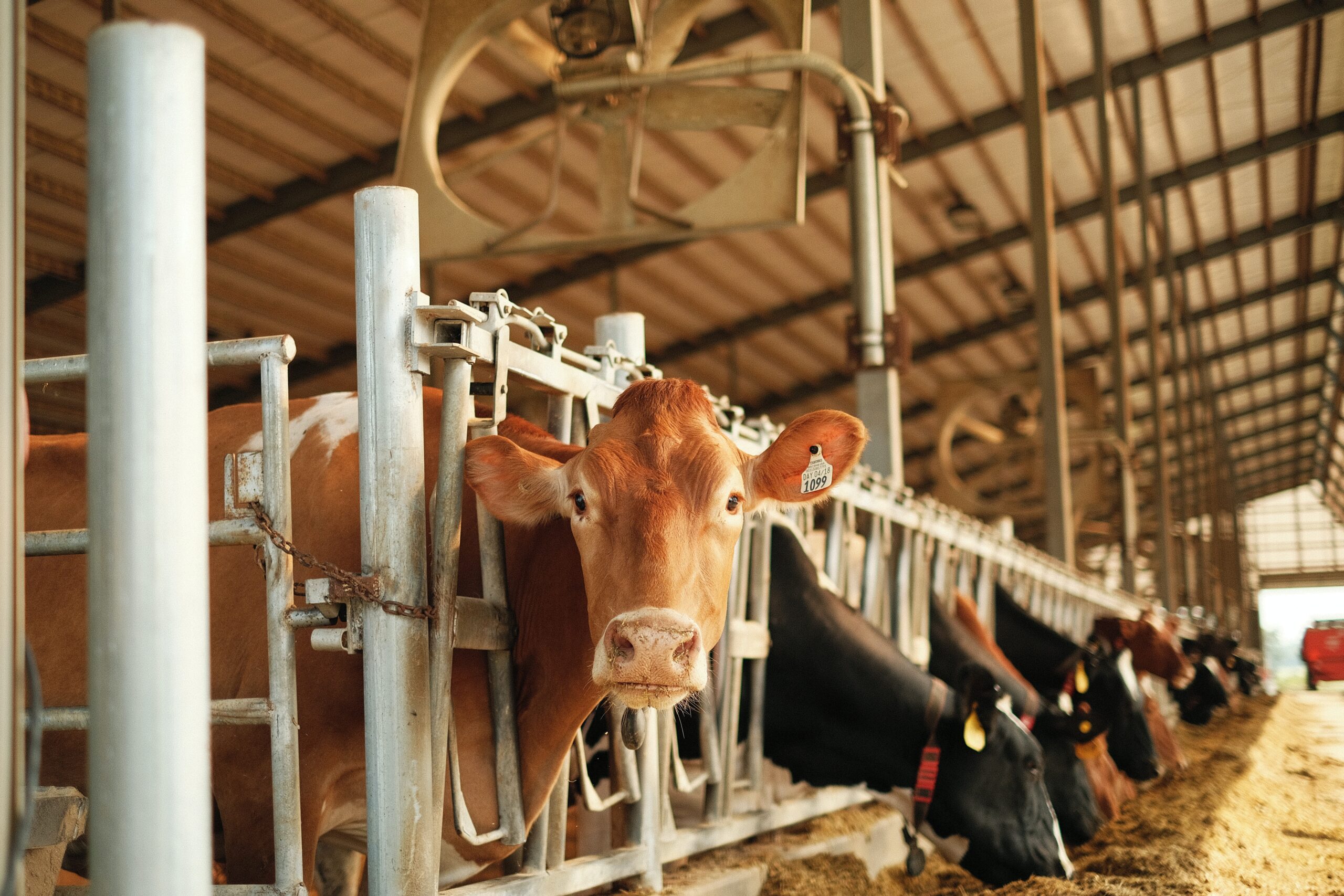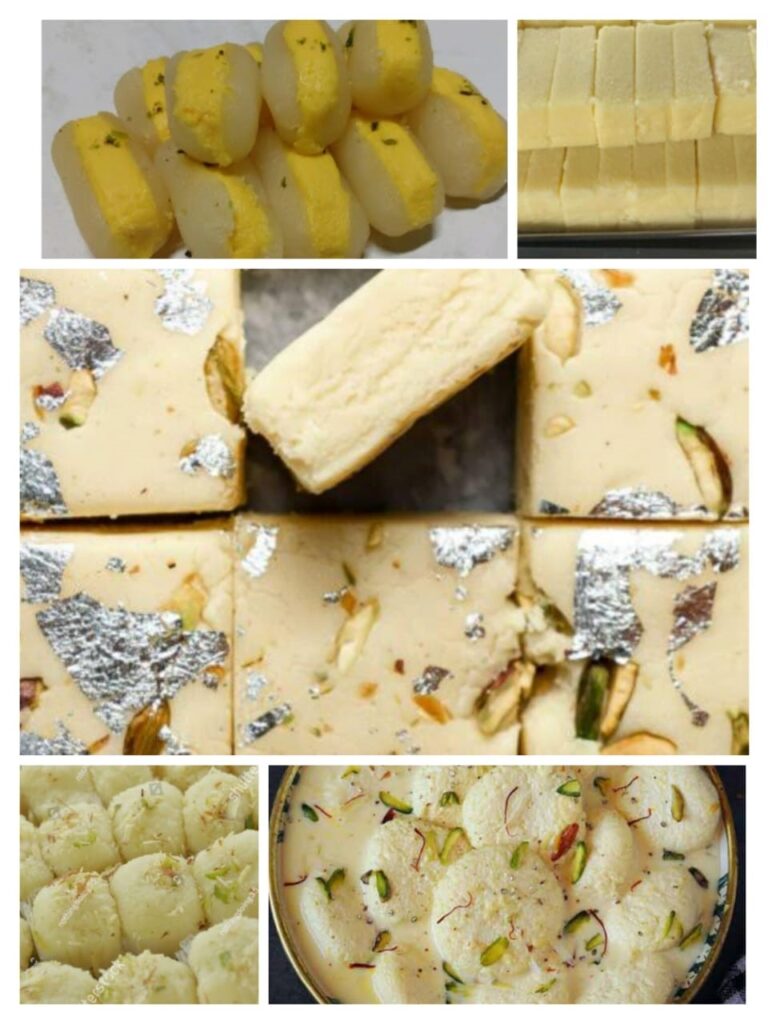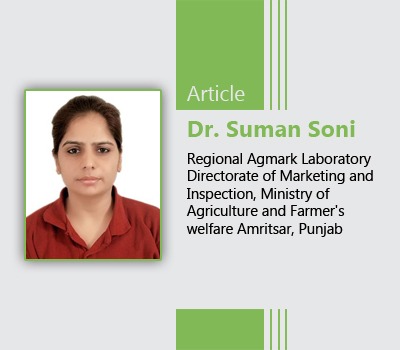
Sweets are the most loved food among the people of India. Milk and milk products are present in most sweets. Due to high demand and low supply of raw material, the shopkeepers adulterate milk-based sweets for high profit. The homemade sweets are the best and healthy. But due to the busy life schedule of today’s nuclear family, the sweets are purchased from local markets. The unethical adulteration is done in these products for monetary benefits, which can be very harmful to the health of the consumer.
Milk can contain adulteration of water and plant-based starch that can be harmless and could also contain urea, pond water, soap, chalk, and some chemical preservatives. The common raw material used for sweet preparation is Ghee, Butter, Edible oil, Sugar, Saffron, Rava, Milk, Khoya, Wheat flour, besan, etc. As homemade sweets are best when the material used for preparation should be checked for adulteration. Here are some tests that can help you to identify which one is adulterated or unadulterated at home. The water in milk can be treated easily by putting a drop of milk on a slanting polished surface, pure milk will flow slowly and leave a white trail. While adulterated milk will flow fast without leaving a mark.
The khoya and panir are rampant during the festive season. The starch is added to khoya, paneer, and milk (to increase solid not fat)for increased weight for money-making and mashed potato/sweet potato added in ghee can be detected by the addition of one drop of iodine solution if a blue color appearance shows the presence of potato or starch. Generally, sweets have vark i.e silver covering. Most sweet sellers are using aluminum foil instead of using silver vark on Kaju katli. These aluminum leave/foil used for vark can cause infection and can also lead to stomach cancer if consumed in large quantities. These Aluminum foils can also be detected easily because the silver foil burns away completely leaving the glistering small ball of white ash but aluminum foil leaves ashes of black color.
In addition to this silver foil is very thin and if crushed between two fingers, crumbles to powder. Aluminum foil is comparatively thicker and only breaks to small shreds when passed similarly. In ghee and butter, the Vanaspati can be checked by taking one teaspoon of melted ghee or butter with an equal quantity of HCL in a test tube and adding one pinch of sugar to it. Shake well for one minute and after 5 minutes, the presence of crimson color in the lower acid layer indicates the presence of Vanaspati. Some sweet sellers are using oil instead of ghee in making sweets. The oil used for making sweets is not harmful unless is adulterated with castor oil. The edible oil can be checked by taking two ml of edible oil in a test tube and dissolving it in petroleum Ether and cool in an ice salt mixture. The presence of turbidity within 5 min shows added castor oil.

Cane sugar is also added as an adulterant in milk curd, and can be detected easily by adding 0.1gm resorcinol and 1ml of conc. HCL to 10 ml of sample and boil it. The appearance of rose red color indicates adulteration. Chalk powder and lime powder are used as an adulterant in wheat flour and besan. Treat the flour (5gm) with hot dilute HCL. The bubbling of gas indicates carbon dioxide from chalk or other carbonates. Urea in milk can be tested by taking some in a container and adding half a teaspoon of arhar/soybean power to it. Shake the content thoroughly and leave aside for 5 min. Now, dip red litmus paper in it if the color change to blue, urea is present. Synthetic milk can be felt when rubbed between palms or turn yellow in a pan upon heating
The pure paneer is soft and can bear pressure but panir made up of milk with adulterated baking soda will break into small pieces. The formalin is added to increase the shelf life of milk. It can be easily detected by adding 5 ml of concentrated H2SO4 to boiling milk from the sides of the container. The presence of a violet ring at the intersection of two liquids shows adulteration of formalin. The presence of coal tar dye can be easily detected by the addition of 5 ml concentrated HCL/H2SO4 in melted ghee. The presence of a crimson color(HCL) or pink color(H2SO4) in the acid layer indicates adulteration of coal tar dye. Lung, bladder, kidney, and digestive tract cancer are related to the consumption of coal tar dye. The adulteration can be in form of synthetic color synthetic flavor and synthetic sweeteners etc which are not permitted under safety regulations prescribed in FSSAI, 2006.
Some harmful chemicals like mercury sulphite, copper suphlate, Aluminium bromide, chromium iodide, and lead oxide are present in synthetic banned colors. These colors are harmful to health and can cause different types of cancer and nervous disorders. The permitted color by FSSAI are Erythrosine, tartrazine, sunset yellow, indigo carmine, caramel annatto, etc and non-permitted are Rhodamine, malachite green, auramine, coal tar dye, etc. Local sweet Vander is either not aware of these harmful color or use them because these are cheaper than permitted one. FSSAI and Agmark also gave some easy methods to detect these banned colors and other adulterants at home. These tests are present on their respective websites. The adulteration is a slow poison that results in bigger diseases in later stages. So before purchasing sweets adulteration should be kept in mind.
Also, read | Role of Micronutrients in livestock Reproduction
Author:

Dr. Suman Soni
Regional Agmark Laboratory
Directorate of Marketing and Inspection,
Ministry of Agriculture and Farmer’s welfare
Amritsar, Punjab

















